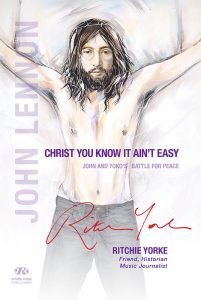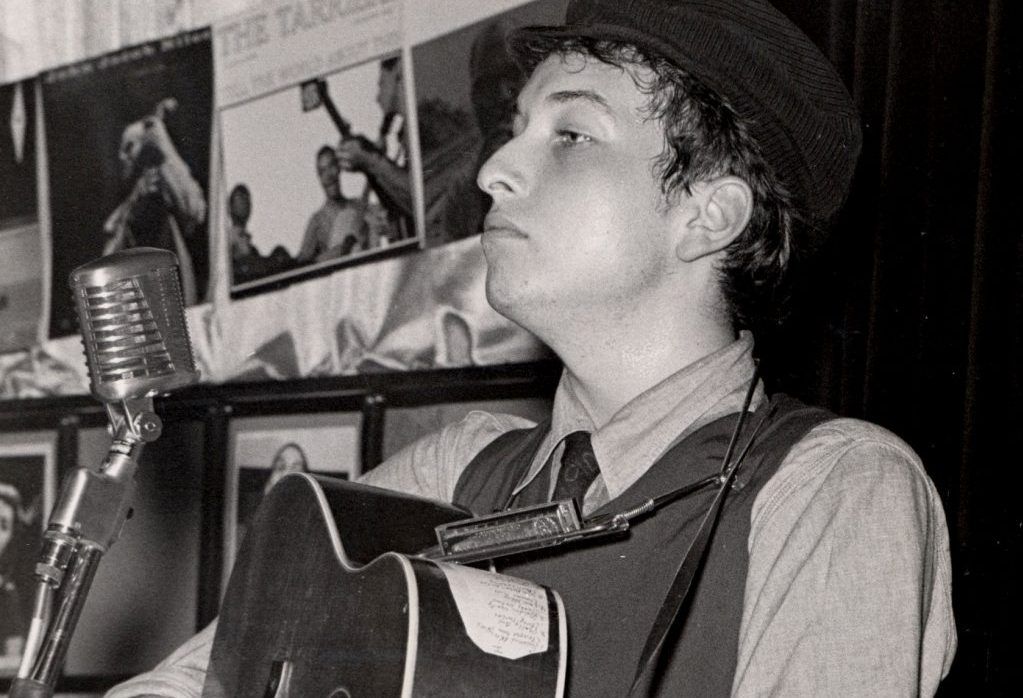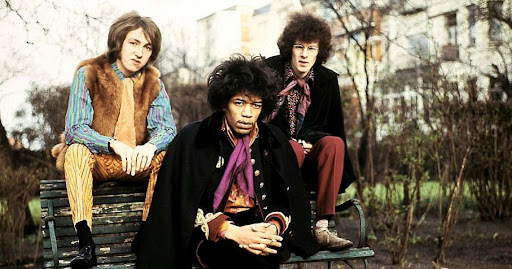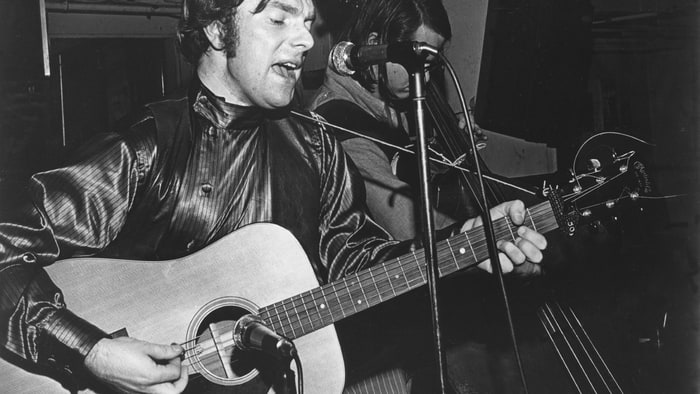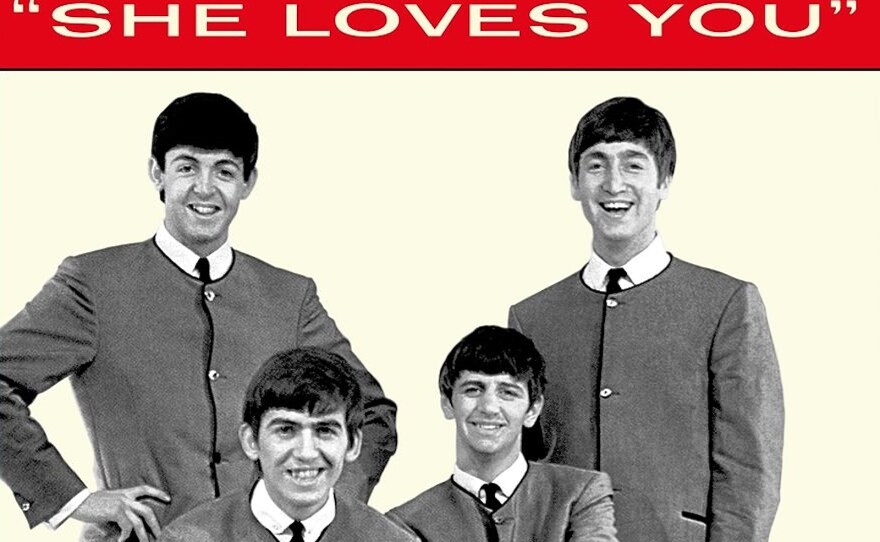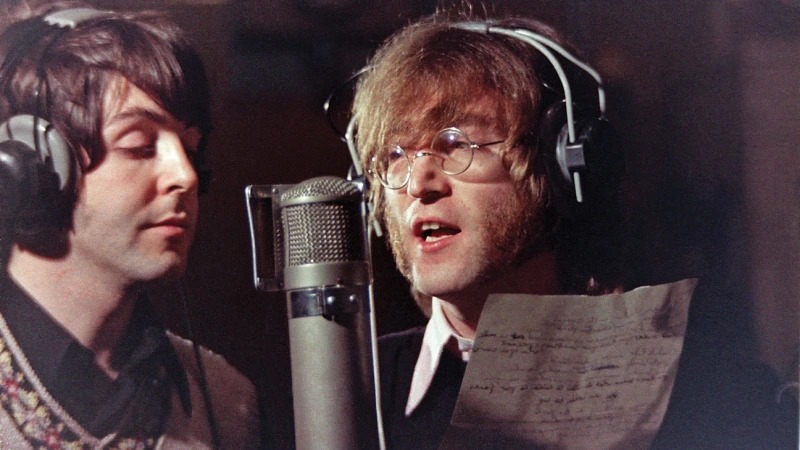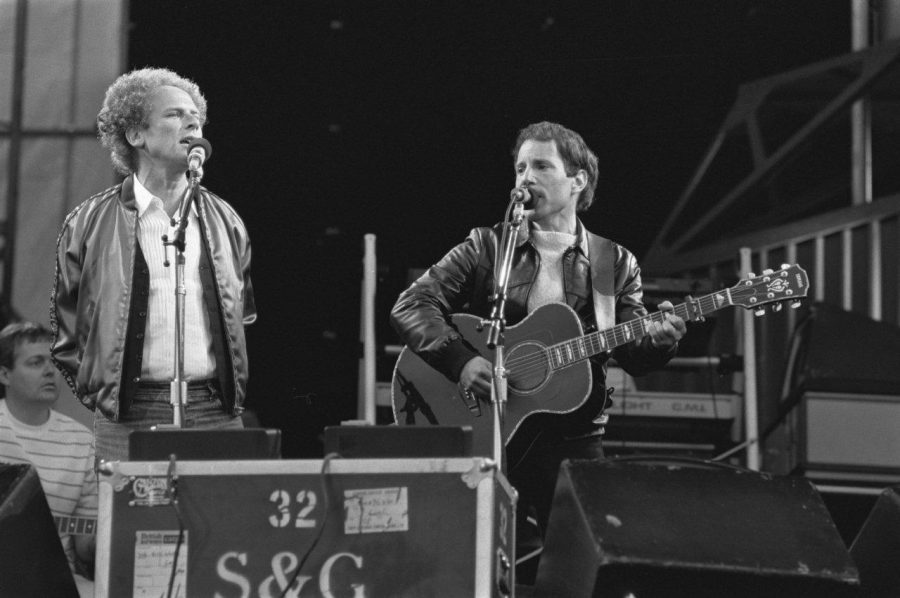09 May Beatles Album Owned by John Lennon Fetches $234,000 at Auction
On this day in 2019, a John Lennon owned copy of Yesterday and Today sold at auction
The 1966 album Yesterday and Today was the band’s ninth release with Capitol Records, and their twelfth American release overall. It attracted controversy on release due to the cover, which showed the band dressed in white coats and surrounded by decapitated baby dolls and raw meat. This artwork, known as the “butcher cover” led to the album being recalled and the cover replaced with a photo of the band posed around a steamer trunk. The change of covers caused the original to become a rarity and a collectors album, with some fans even scratching off the trunk artwork on their records, hoping to find the “butcher cover” underneath.
In 1971, a Beatles fan by the name of Dave Morrell saw an ad in the back of Rolling Stone for a Beatles album called Yellow Matter Custard, which featured songs that he’d never heard of before. Morrell purchased the album and sent a letter to John Lennon, who arranged a meeting shortly after. Lennon identified Yellow Matter Custard as an audition tape made for Decca records, and asked to keep the album, as well as a compilation called the Savage Young Beatles. Morrell obliged, and when asked what items he was looking for, he named the “butcher cover” version of Yesterday and Today. Lennon phoned his assistant and arranged him to pick it up from his apartment where it had been displayed on the wall and drop it to him, before signing the album and giving it to Morrell.
Morrell kept the album for many years, and even got Paul McCartney and Ringo Starr to sign the album as well, before it was eventually sold to another collector. The album then went up for auction at Julien’s Auctions’ The Beatles in Liverpool event, which featured over 300 items of memorabilia. It fetched $234,000, a world record for a “butcher cover” album and the third highest price paid for a vinyl record overall, with the first being Ringo Starr’s copy of The White Album, and the second a copy of Elvis Presley’s My Happiness. The anonymous buyer is a US based collector, who believes the album to be an investment that could be worth over $500,000 in a few years.



